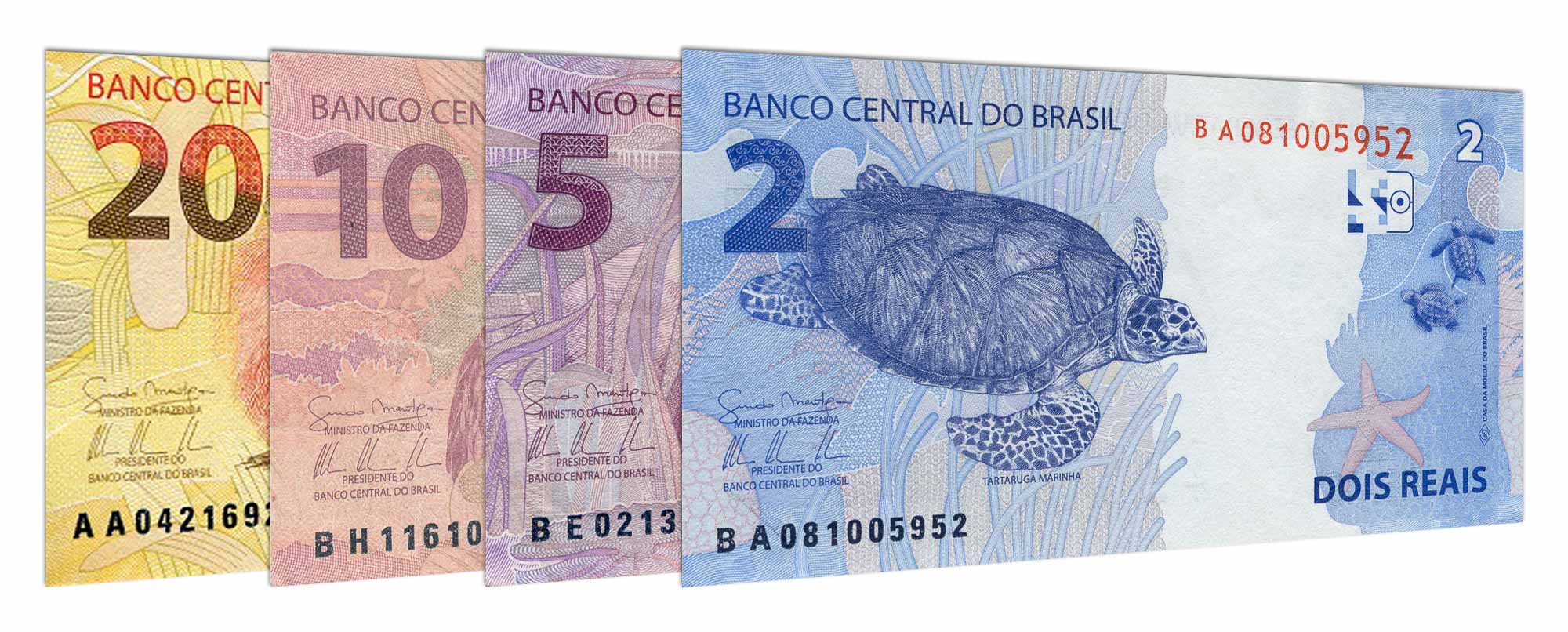The Brazilian Real, the legal tender in Brazil since 1994, is currently the strongest currency in the whole of Latin America. The largest country in South America, Brazil is known as a tourist destination for travelers from all over the world. Just like its diverse population and vibrant culture, Brazilian Real has undergone a lot of changes due to the economic crises faced by the country. So, if you are planning a trip to this amazing place, here are some of the facts you need to know about the country’s currency.
Short History and Origin
Brazilian real was imported along with their language and culture by the Portuguese people in the 1600s. The inflationary pressures in the 20th century forced Brazil to make many changes in its monetary system. Brazil’s monetary system through 1942 was based on the reís, which was derived from the Portuguese real which was replaced with the cruzeiro, about three centuries later. In the mid-1980s, the cruzado was established after making several tweaks to the monetary system. Later in 1994, Plano Real was introduced to stabilize the economy and currency of Brazil. The Plano Real helped curb rampant inflation.
Why the Brazilian Currency is called the Real?
Just like its culture, the Brazilian currency has its roots in Portugal. “Real” comes from the word “royal” in Portuguese. Brazil was a Portuguese colony. Hence, the real was the official currency in the region early on. Even though its independence was declared in 1822, the country continued to use the Real in another form as its official currency.
Basic Information about Brazilian Real
The currency code of the Brazilian Real is BRL and its abbreviation is R$. Just like any other modern currency, the Brazilian real is available in coin and banknote denominations. The lowest denomination comes in a coin of 5 centavos and the highest is that of a R$200 banknote. It follows its own currency code for trading and foreign exchange.
Other than the fascinating history of the Brazilian Real, listed below are some of the facts that you need to know if you are traveling to Brazil:
- Brazil is still minting the one-real coin. However, the R$1 banknote has not been printed since 2005. This has created a scarcity of the same and has become a collector’s item. As a result of which, the R$1 banknote is worth more than that of a coin.
- Brazilian Portuguese follows the European convention to the use of decimal points and commas. In reais, a comma shows the decimal, and a point indicates the difference between the other numeric places. That is, unlike USD and Canadian Dollars, commas and decimal points are used in reverse order to write out large numbers.
- Even though the currency has a long history of inflation, BRL is currently in the top 20 most traded currencies in the world and the most traded of all Latin American currencies.
Exchanging Brazilian Reals
The best part is, getting Brazilian reals or exchanging them is easy! You can get them from any bank or exchange them at the airport. You can even use ATMs in Brazil. Just be mindful of the foreign currency fees, which can dilute the value and convenience of using a credit card.



